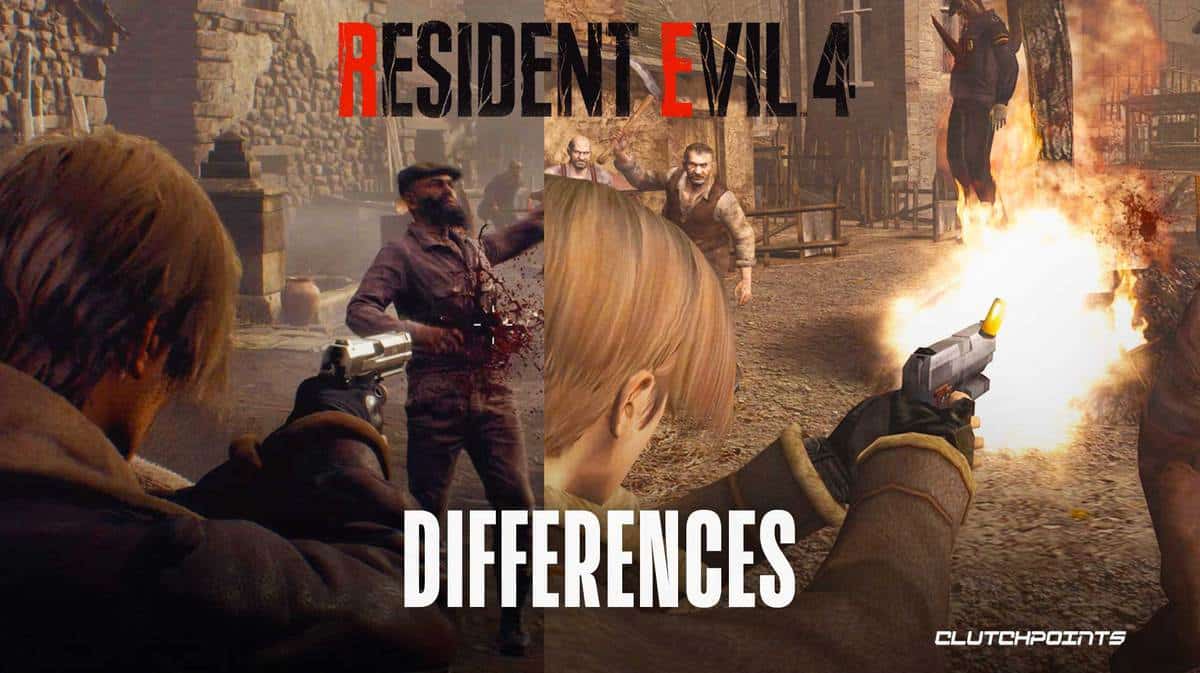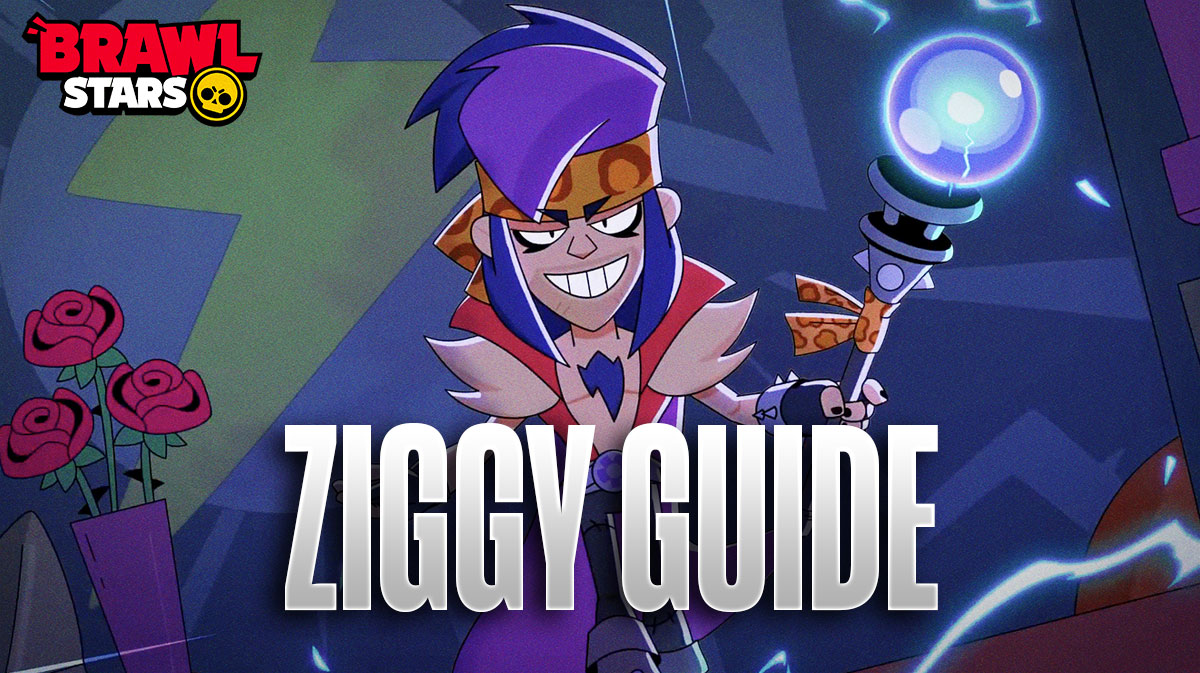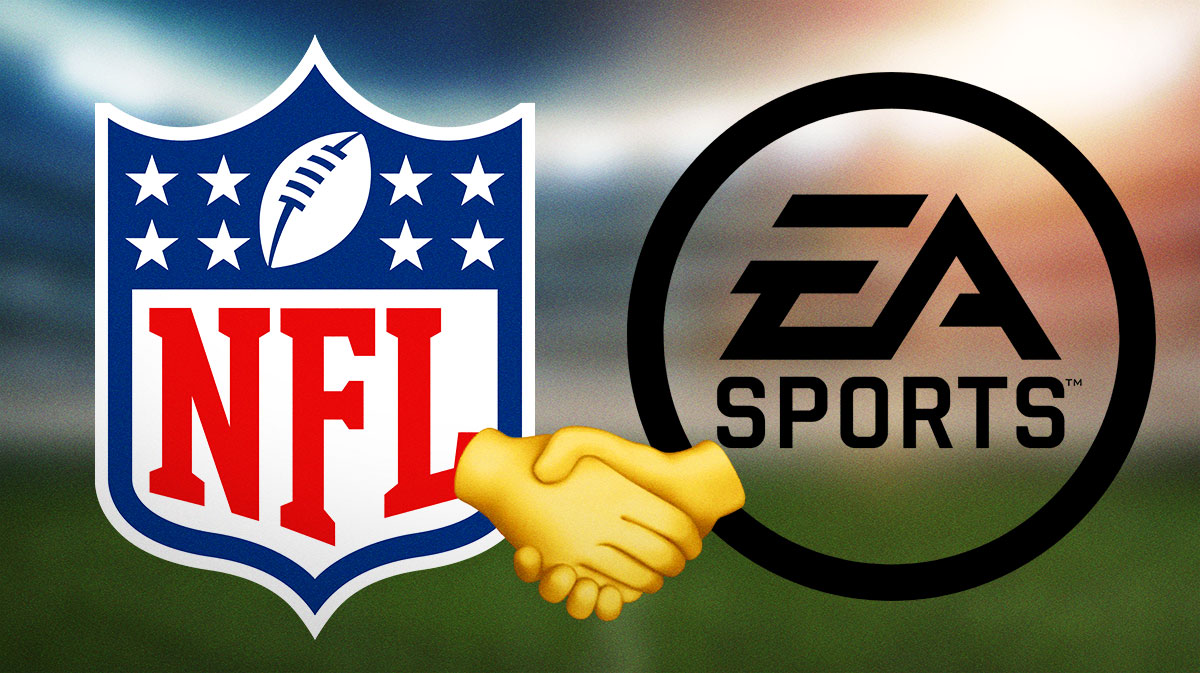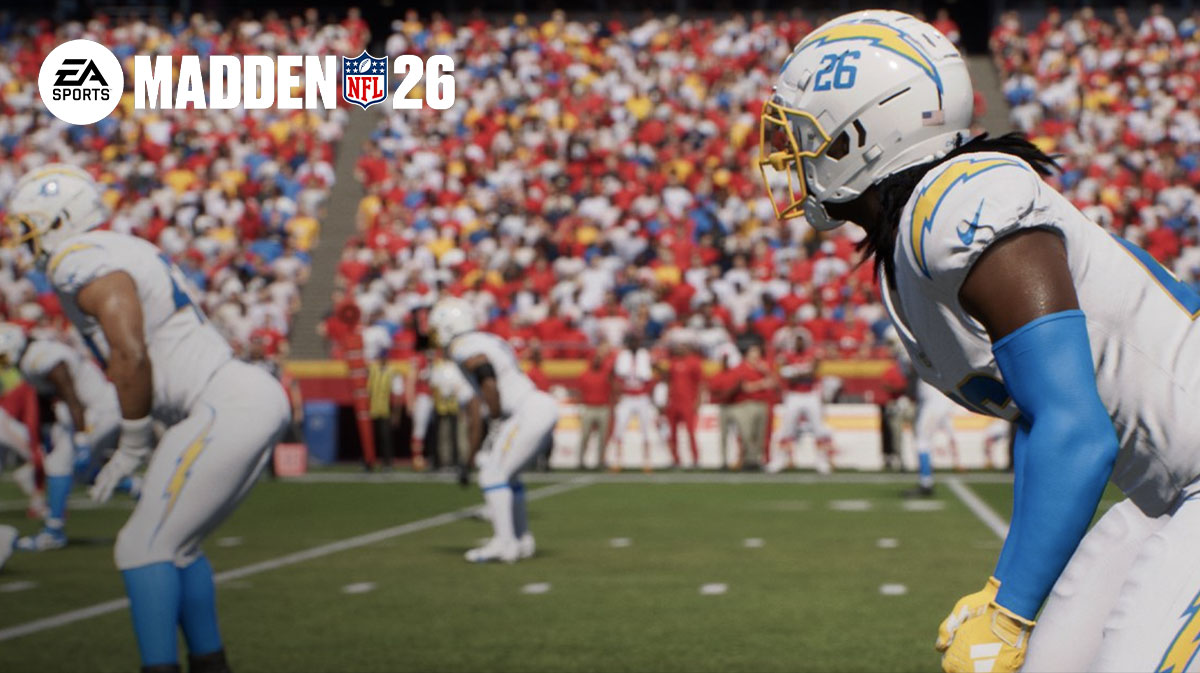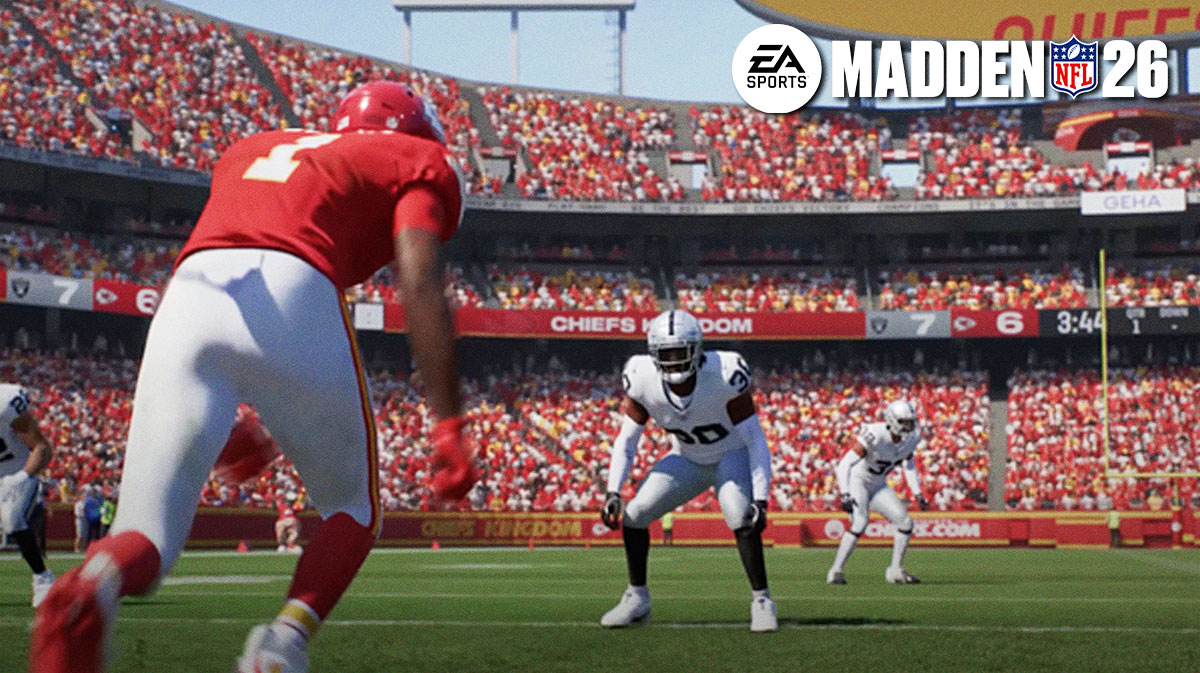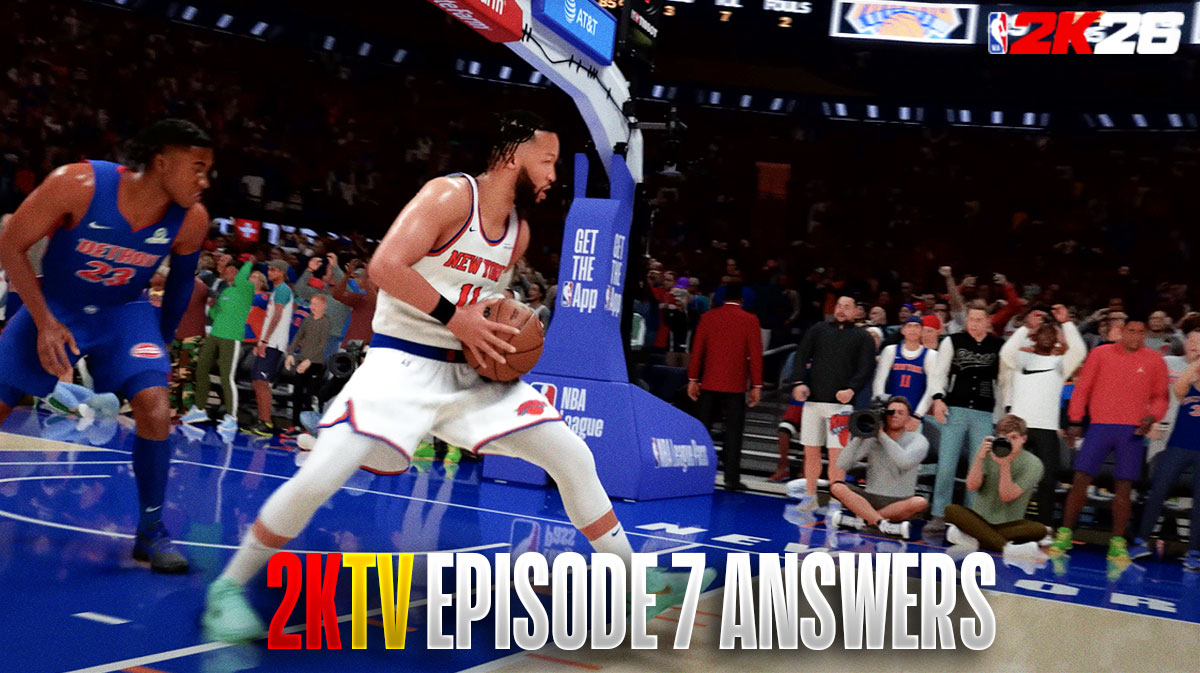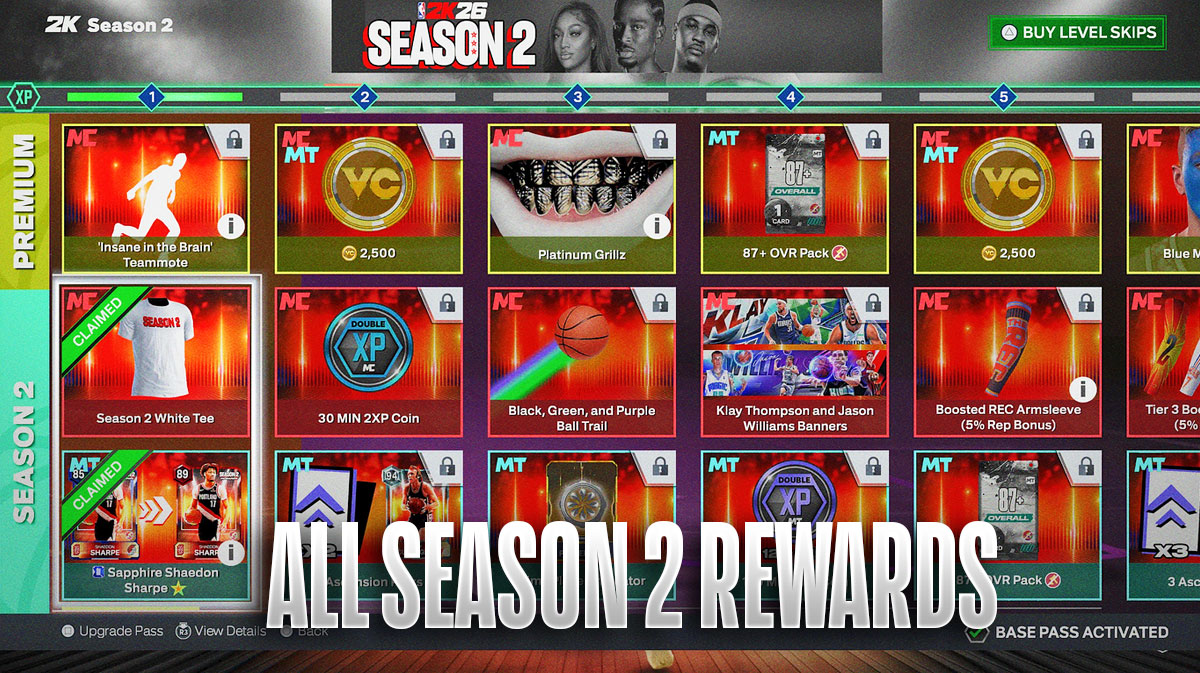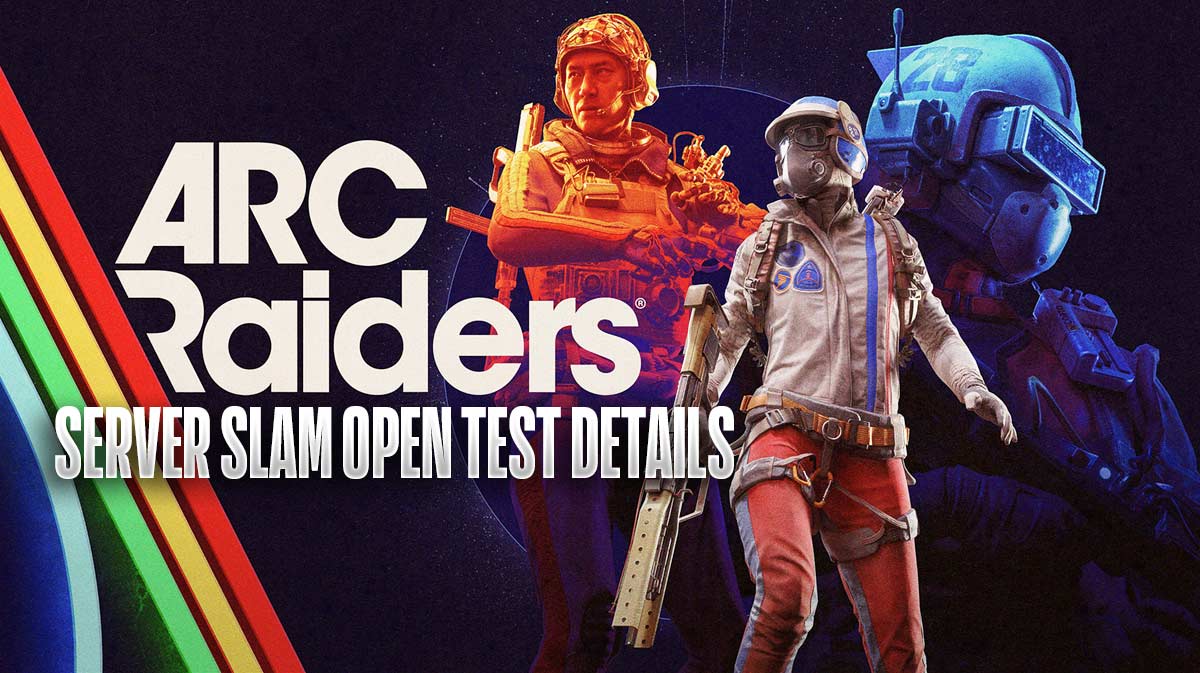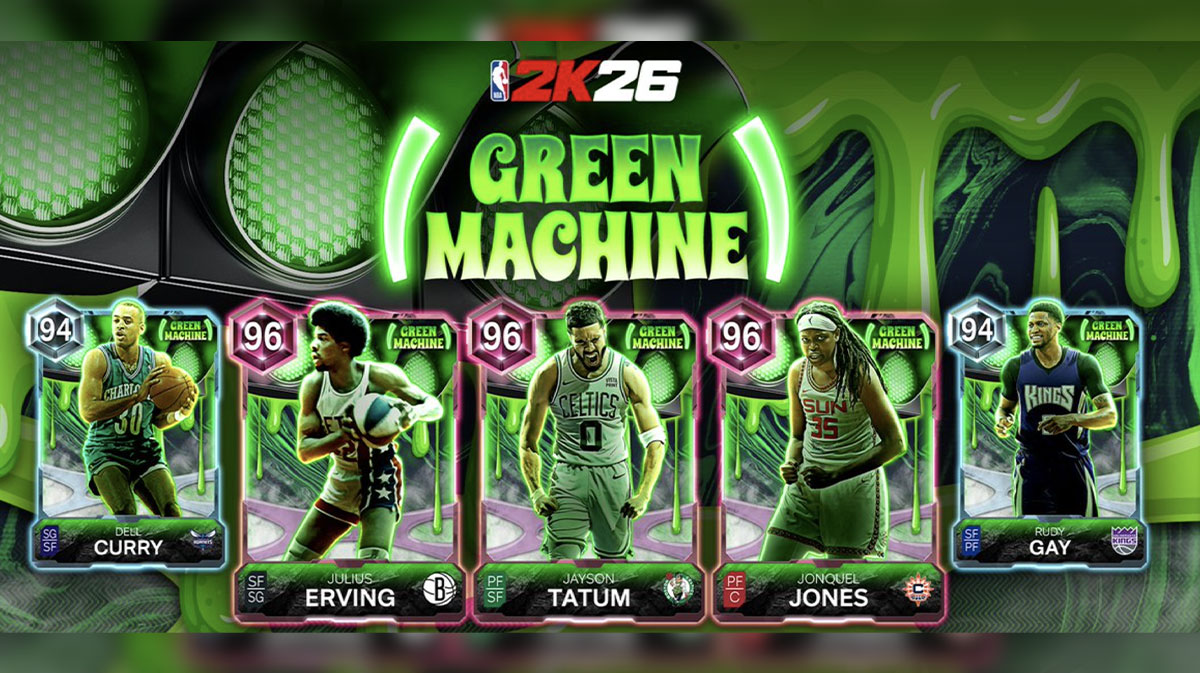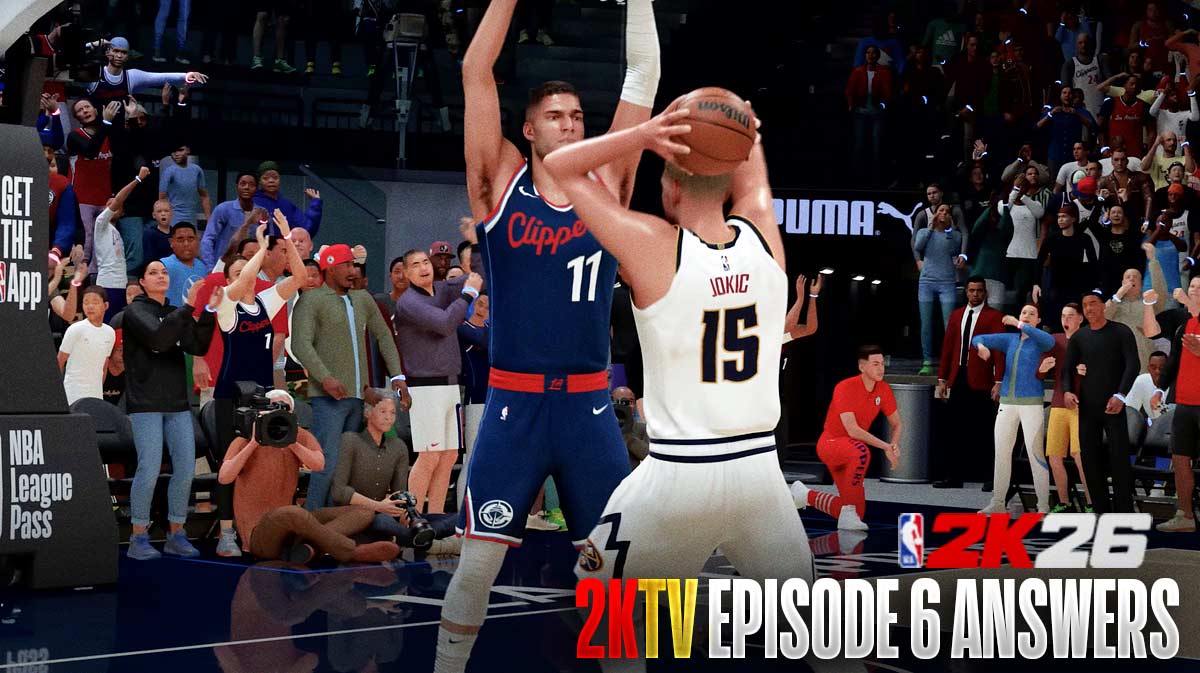Whether you are a veteran or a first-time player, you may find yourself wondering just what is different between the original game and the recently released remake. In this guide, we will list down just what is different between the original Resident Evil 4 and its remake.
Since it is a remake, it's somewhat expected that there would be quite a few differences between the original and the remake. While some of the changes, like the improved graphics, don't really change how the game is played, the other changes definitely do. As such, we will be going through each of the features in the remake that are different from the original Resident Evil 4.
Combat Knife – Parrying and Durability
Originally, the combat knife was Leon's backup weapon, something that he can use when the player is trying to save ammo, or when they don't have any. However, the remake introduces two new systems to the combat knife. The first, and perhaps the biggest, is the parry system. Whenever enemies use melee attacks on you, you can use your combat knife to parry the attack. This negates all damage that attack would have done to you. Not only that but if you time your parry correctly, you will do a perfect parry. This allows the player to immediately follow up with a melee attack.
Players can parry a lot of attacks, including normal weapon swings, thrown weapons, and even chainsaws. While this may sound very strong, it is not without its downsides. Another new system that arrived alongside Parrying is the durability system. Unlike in the original game, the combat knife loses durability with use. Be it when executing enemies downed enemies or parrying, the combat knife loses some durability. Once the durability reaches zero, players can no longer use it to attack or parry. Players can pick up knives around the map, but they have less durability and are not repairable.
Repair and Upgrade System
Alongside the Durability system for the knife comes the Repair and Upgrade system. Players can pay the Merchant to repair their Combat Knife, with the price increasing the lower the Knife's HP is. The repair function is exclusive to the Combat Knife. The Upgrade system, on the other hand, applies to all weapons in the game. Much like the Upgrade system in Resident Evil Village, players can pay the Merchant an amount of money to upgrade the weapon's stats. This includes things like durability for the knife, recoil and ammo capacity for the guns, and damage for all weapons. This lets players upgrade the weapons they like using the most so that they can keep using them even in later levels. Players can still customize their guns using stocks or scopes to improve their weapons, a carry-over from the original game.
Customization
Other than guns, players now have the ability to customize their Attache cases. Originally, players could only upgrade the size of their Attache Case, increasing Leon's inventory space. Now, players can also customize the Attache case's looks, either by changing its design or by attaching charms to it. Make no mistake, however. This is not purely cosmetic, though. Different Attache case designs and straps give Leon passive bonuses. This includes increased output when crafting ammo, increased HP recovery from eating eggs, and more. Players can pick one Attache case design and up to three charm designs at any given time.
Optional Merchant Side Quests
If ever you find yourself lacking in funds to upgrade and customize your weapons, then don't worry. The Merchant now has side quests that players can do to earn money and treasures. The tasks vary from selling snakes to destroying Blue Medallions. Once the player finishes a side quest, they can then turn the quest in to the Merchant for various rewards.
Stealth
Leon can now crouch close to the ground, which lets him go inside holes, under tripwires, and under debris. However, this is not the only thing that happens when crouching. While crouching, Leon can now approach unsuspecting enemies and, once he gets close enough, do a stealth attack. This can instantly kill weaker enemies while dealing heavy damage to stronger ones. Of course, this is only available if the enemies in the area are not already alerted of your presence. Not only that, but players usually cannot do this to boss enemies.
Your ability to stealth attack enemies also depends on your weapons. Using stealth takedowns lowers your knife durability, so you won't be able to do it if your combat knife has no durability or if you don't have spare knives. However, you can use the new Bolt Thrower weapon, which quietly shoots reusable bolts at enemies.
Quick Time Event Cutscenes
Quick Time Events, or QTEs, have been a staple in Resident Evil games for quite a while. Thankfully, the remake no longer has QTE cutscenes. That means players can take a break and relax whenever a cutscene plays without worrying about suddenly dying. However, there are still some times during actual gameplay when the player will have to press a dodge or evade button. Failure to do so will lead to heavy damage or even death.
Other changes
There are other changes that were introduced to the Resident Evil 4 remake, some of which came from previous remakes. One such change is the ability to assign weapons to hotkeys. This lets players quickly swap between weapons easily. Another change is with the Typewriter, the game's save point. However, it is no longer just a save point. Players can now also access their storage using the typewriter, letting them organize their inventory. Not only that, but they can also use the Typewriter to customize their Attache case, changing its appearance and attached charms.
That's our guide on all features that are different between the original Resident Evil 4 and the Remake.

